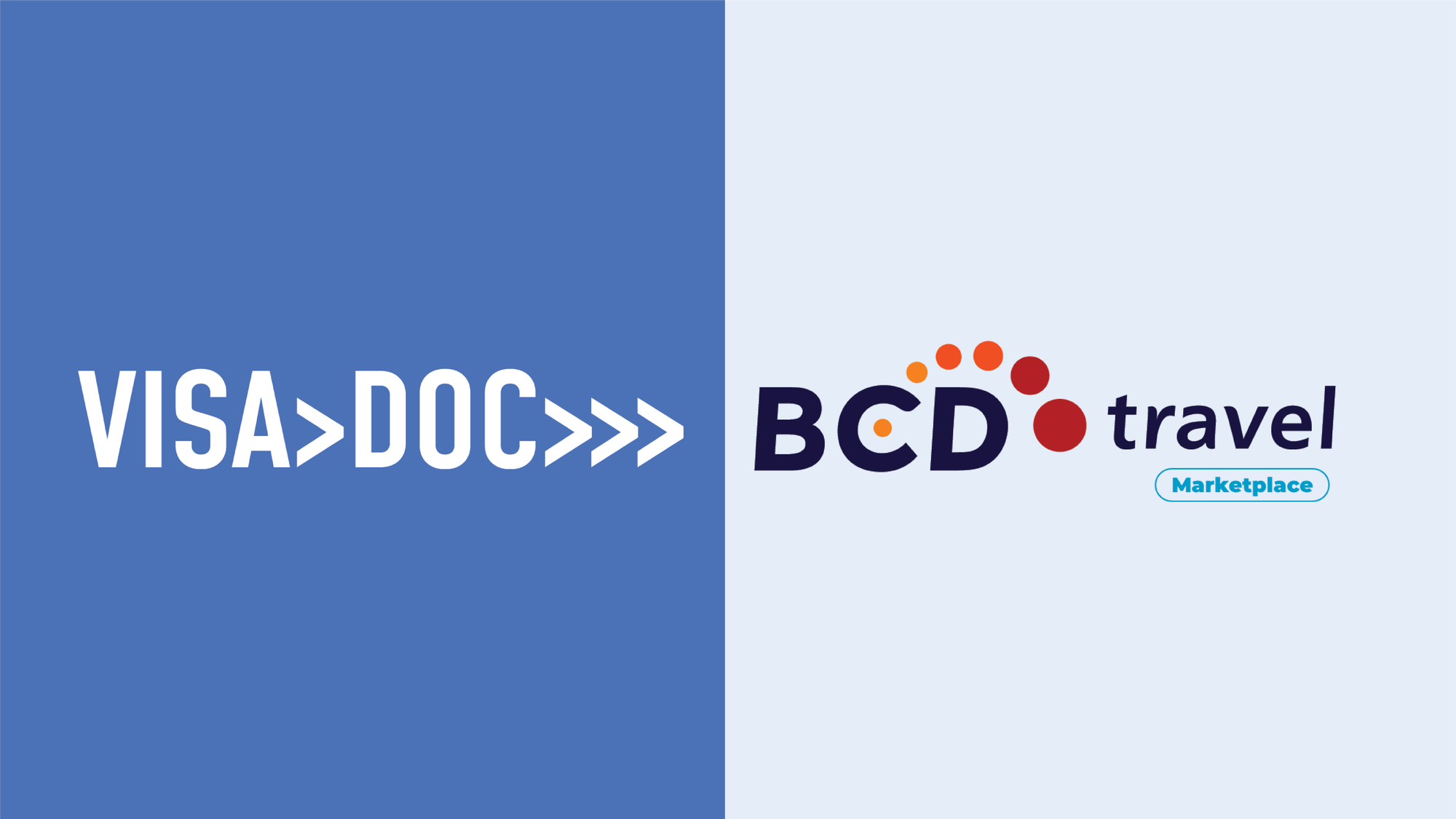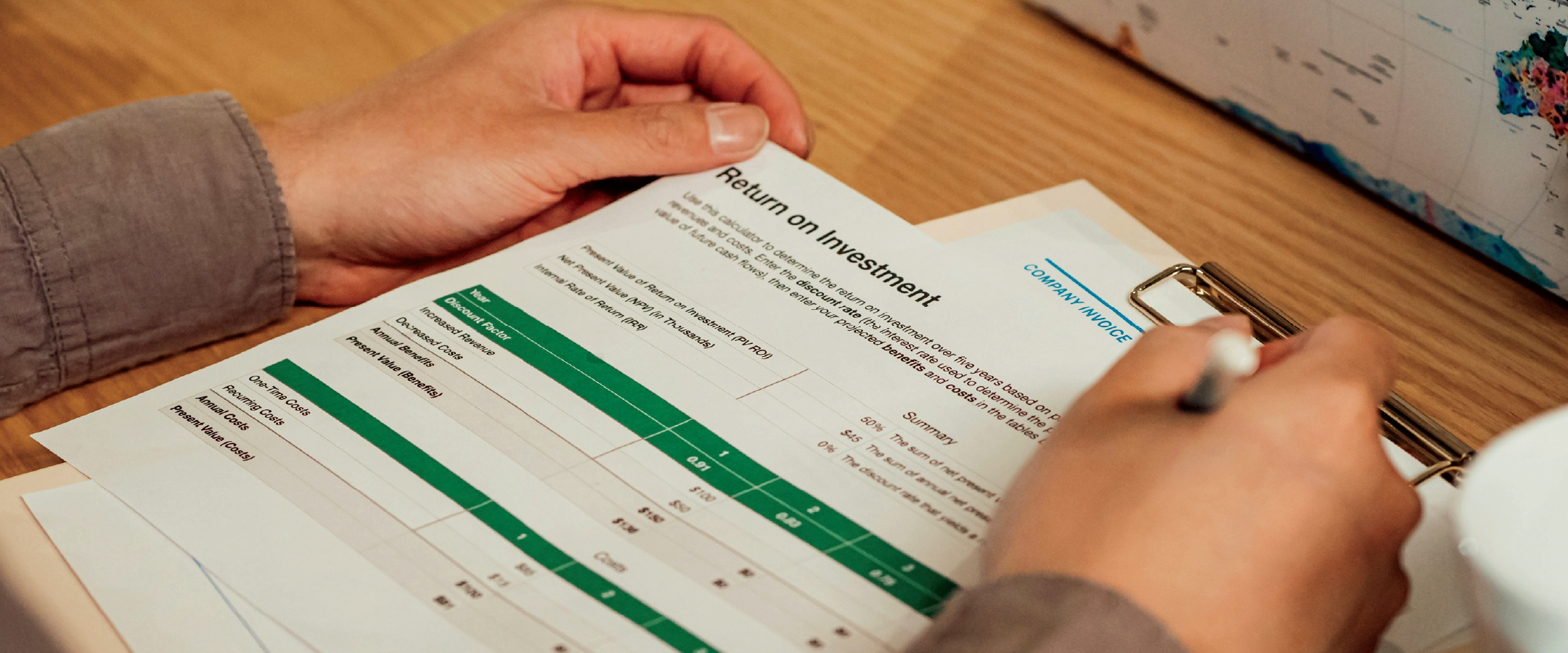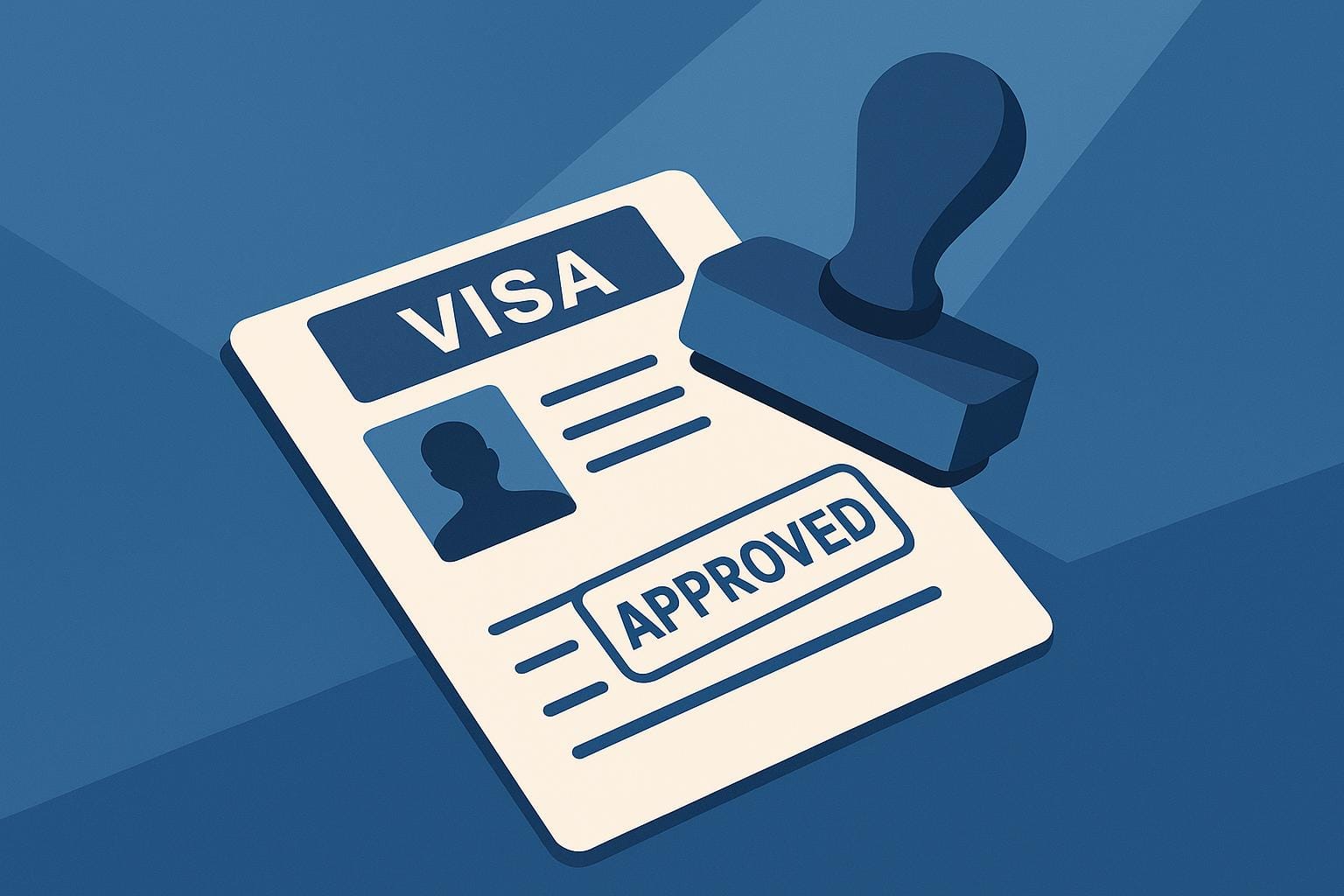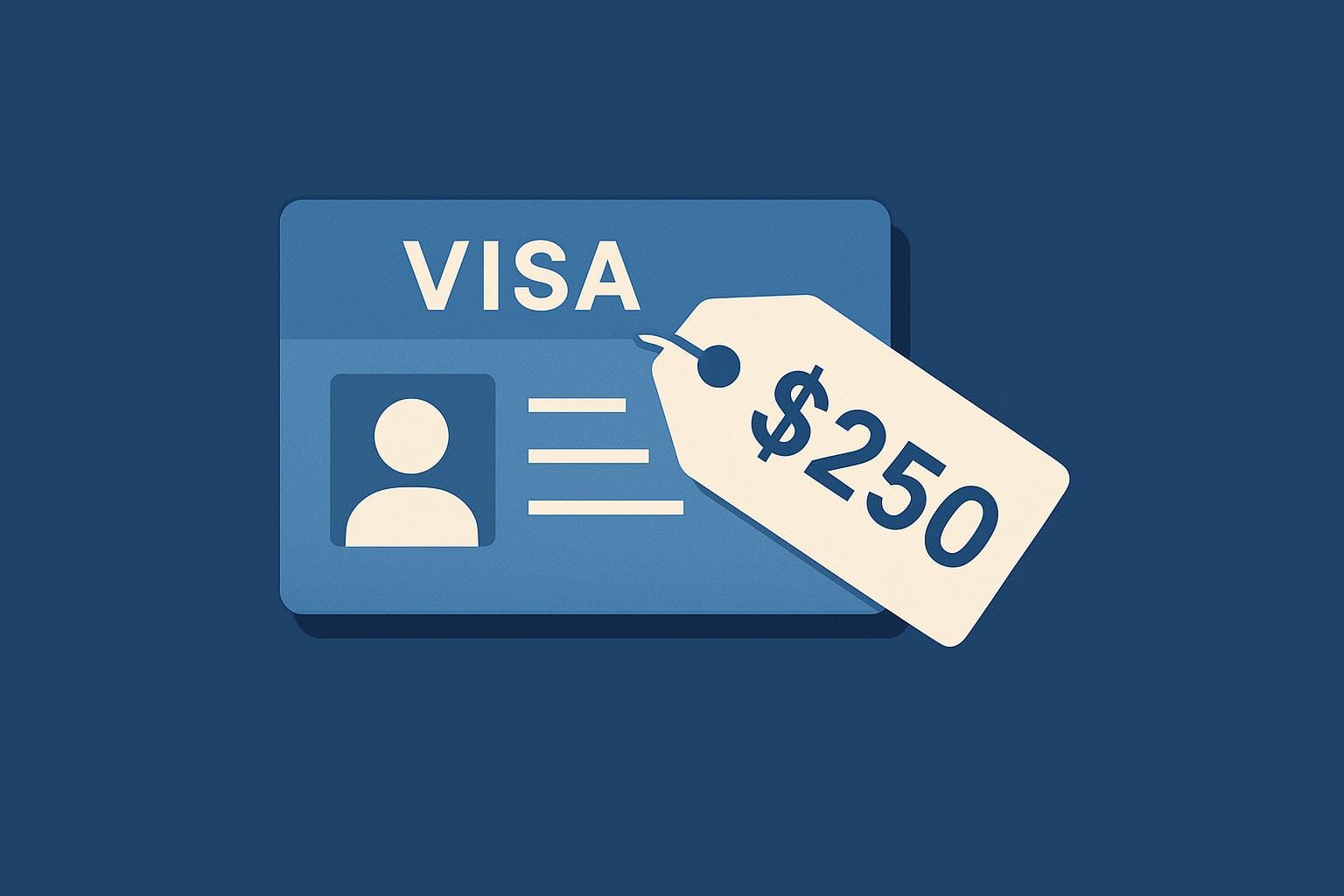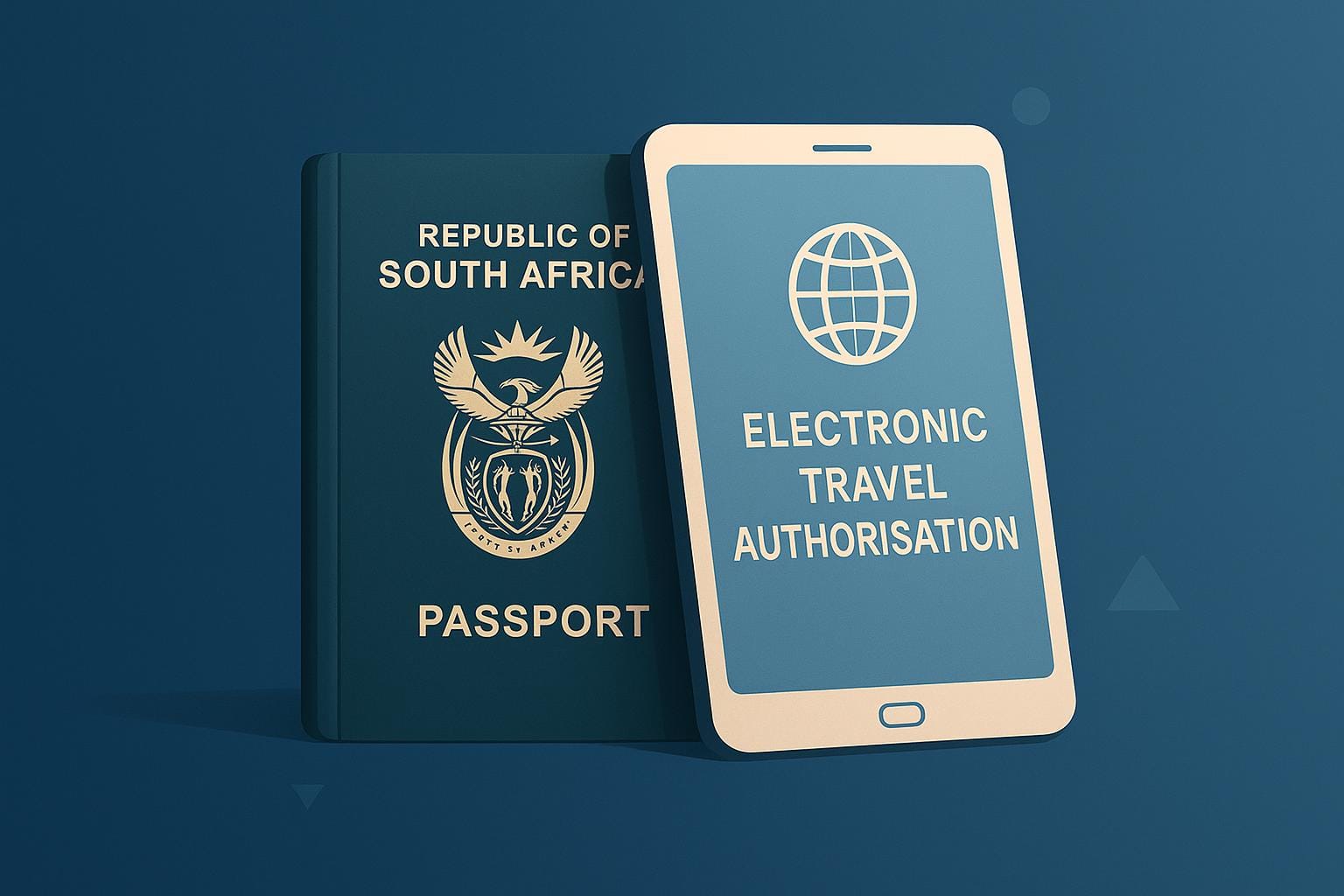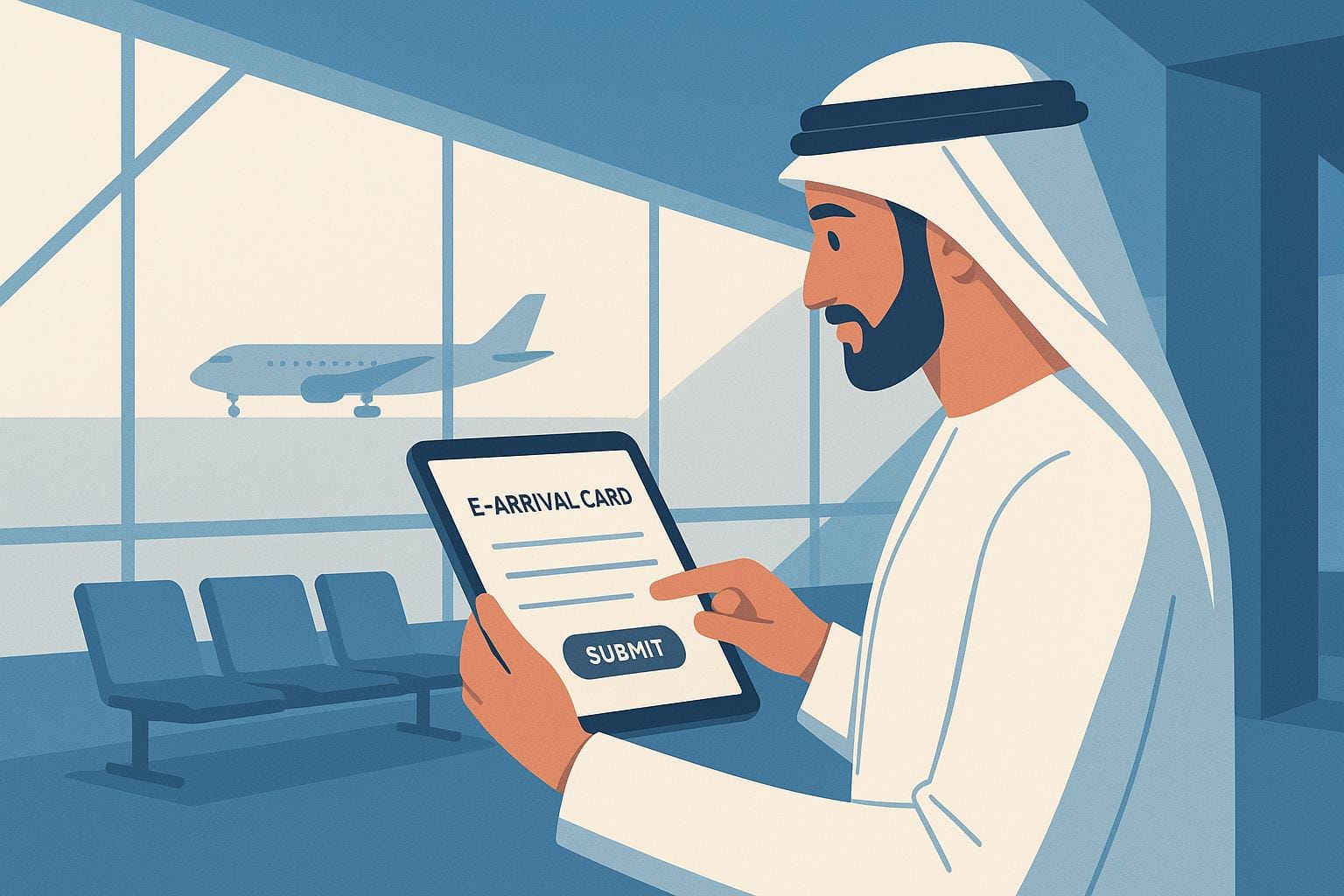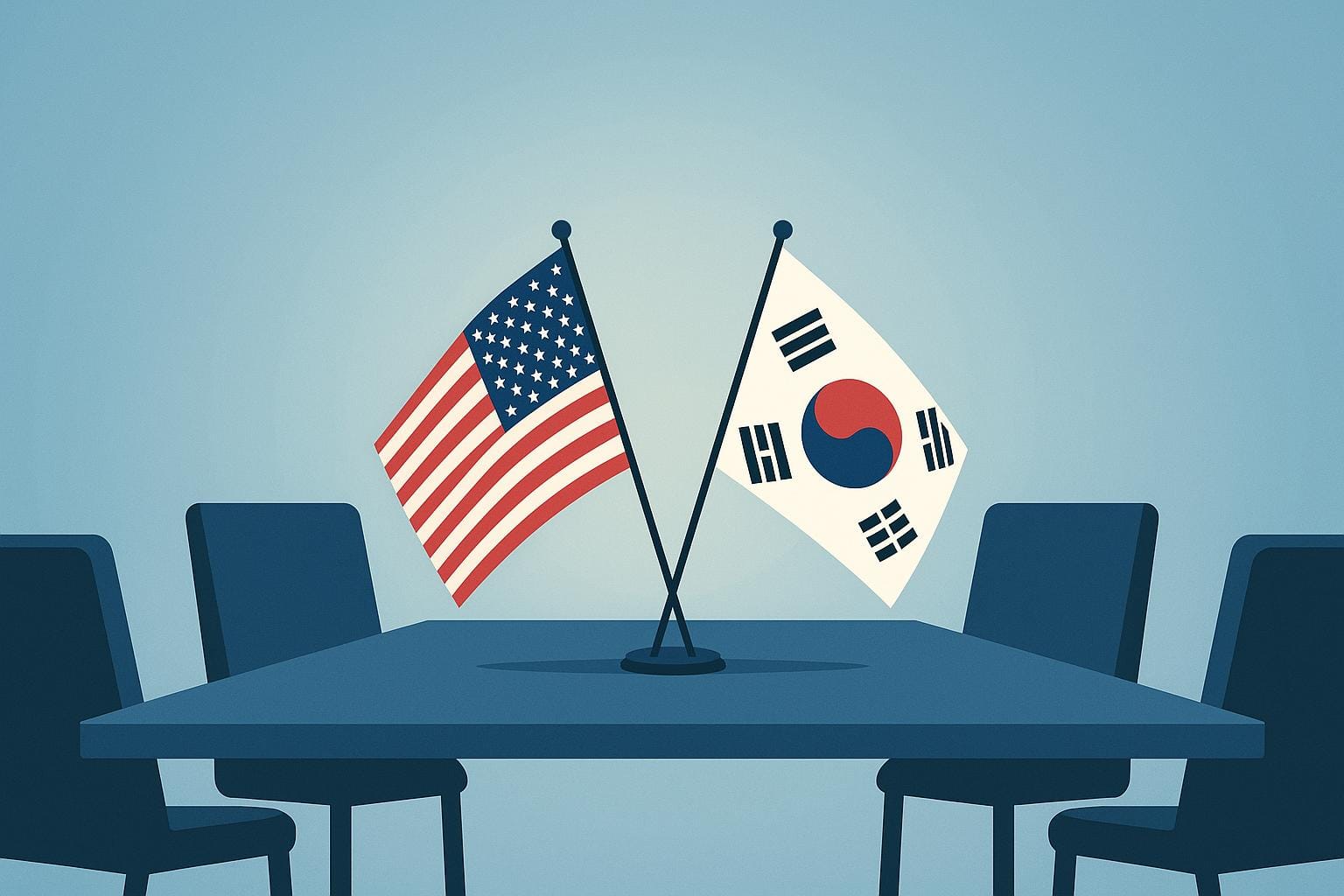If you're planning a manufacturing site inspection in Vietnam, securing the correct business visa is critical. Here's a quick summary of what you need:
Key Visa Types:
- DN1: For working with legally established Vietnamese enterprises.
- DN2: For service promotion or establishing a commercial presence.
- EV (E-visa): For short-term business visits (up to 30 days).
Required Documents:
For individuals:
- Passport (valid for at least 6 months, 2 blank pages).
- Completed visa application forms (NA1 or NA5).
- Passport-sized photo (4x6 cm).
- Proof of business relationship (e.g., contracts).
- Entry application form (NA2).
For sponsoring companies:
- Invitation letter specifying visit purpose.
- Certified business registration certificate.
- Inspection schedule with dates.
- Notarised ID of company representative.
- Visa approval letter from immigration authorities.
Processing Times:
- Standard embassy application: 5–6 working days.
- E-visa: 2–3 working days.
Costs (as of May 2025):
- Single-entry visa: £20–40.
- Multiple-entry visa: £40–108.
- E-visa processing: £20.
Best Practices:
- Verify all details (e.g., passport validity, photo size).
- Use the correct visa type for your purpose.
- Stay updated on Vietnamese immigration rules.
For a smoother process, organisations can use automated tools like VisaDoc to streamline visa applications, track compliance, and reduce errors.
Vietnam Business Visa Requirements
If you're planning a manufacturing site inspection in Vietnam, it's essential to understand the business visa requirements. Below, you'll find details about visa categories, necessary documentation, and embassy procedures to help streamline your application process.
Business Visa Categories
Vietnam offers several visa categories tailored to different business purposes:
| Visa Type | Description | Validity |
|---|---|---|
| DN1 | For foreign nationals working with legally established Vietnamese enterprises | Up to 12 months |
| DN2 | For those engaging in service promotion, establishing a commercial presence, or activities under international agreements | Up to 12 months |
| EV | Electronic visa for short-term business visits | Maximum 30 days |
Required Documents List
Vietnamese Immigration requires a complete set of documents, all of which must be translated and notarised.
For Individual Applicants:
- A valid passport with at least six months' validity and two blank pages
- A completed NA1 or NA5 visa application form
- A recent passport-sized photograph (4×6 cm)
- Proof of business relationship, such as contracts or agreements
- Entry application form NA2
For Sponsoring Companies:
- An official invitation letter outlining the purpose of the visit
- A certified business registration certificate
- A detailed work schedule specifying the inspection dates
- Notarised identity documents of the company representative
- A visa approval letter issued by immigration authorities
Current Visa Fees (as of May 2025):
- Single-entry visa stamp: £20–40
- Multiple-entry visa stamp: £40–108
- E-visa processing: £20
Once you've gathered all required documents, proceed with the embassy application steps outlined below.
Application Steps at Vietnamese Embassies
The standard processing time is five working days without an approval letter, or three working days if you already have one. Visa applications are processed during the following hours: 09.00–12.00 and 14.00–16.30, Monday to Friday.
Steps for Manufacturing Site Inspections:
- Secure sponsorship from the Vietnamese facility.
- Obtain the necessary approval letters.
- Submit a complete documentation package to the embassy.
- Pay the applicable visa fees.
- Allow adequate time for processing.
For urgent inspections, expedited processing is available for an additional fee. Be aware that embassies may request extra documents or reject applications without providing a reason. Once your visa is issued, double-check all details and contact the embassy immediately if any discrepancies are found.
Meeting Compliance Standards
Staying compliant with visa regulations involves keeping up with policy changes and ensuring internal procedures are airtight. Here's how to navigate the process effectively.
Tracking Policy Updates
HR teams play a crucial role in ensuring compliance by staying informed about the latest visa requirements. This can be achieved by:
- Subscribing to updates from the Vietnamese Ministry of Foreign Affairs.
- Monitoring embassy notifications for changes to visa requirements.
- Reviewing immigration bulletins on a regular basis.
- Engaging with industry groups, such as local chambers of commerce, for shared insights.
"When you apply for a visa to enter Vietnam, be sure to request the visa category that corresponds to your purpose of travel." - U.S. Department of State
By keeping a close eye on these updates, HR teams can minimise risks and ensure all documentation aligns with the latest standards.
Preventing Application Mistakes
Mistakes in visa applications can lead to delays, rejections, or even entry denial. Here’s a quick guide to avoiding common errors:
| Common Error | Impact | Prevention Strategy |
|---|---|---|
| Incorrect personal details | Visa rejection | Double-check all details against your passport. |
| Wrong date format | Processing delays | Always use the DD/MM/YYYY format. |
| Unqualified photos | Application return | Follow the embassy's photo guidelines carefully. |
| Mismatched visa category | Entry denial | Ensure the visa category matches the purpose of your travel. |
Additionally, ensure all documents clearly reflect the purpose of the inspection. This includes maintaining accurate records such as business registration certificates, inspection schedules, company correspondence, and sponsorship documentation.
Risk Management
Non-compliance during manufacturing site inspections can lead to severe penalties, including fines or deportation for workers without valid documentation. To avoid these risks, implement thorough verification protocols. Tools like VisaDoc’s automated verification system, which uses AI for real-time checks, can significantly reduce errors.
Here are key steps to manage risks effectively:
- Pre-departure Verification
Carefully review all documents before submission, ensuring validity periods, signatures, and notarisation are correct. - On-site Compliance
Carry physical copies of essential documents and maintain secure digital backups for easy access during inspections. - Post-visit Documentation
Archive all visa-related materials properly for future reference or verification needs.
Automation Tools for Visa Processing
Automation tools have become a game-changer in modern visa processing, simplifying complex documentation and reducing errors. For instance, VisaDoc's AI-powered platform is tailored to handle challenges like site inspections at Vietnamese manufacturing facilities. These tools make processes more efficient while supporting compliance and risk management efforts.
Benefits of Automated Processing
Automated visa processing significantly cuts down on time and resources for HR departments managing site inspection documentation. VisaDoc’s platform, for example, can reduce visa processing time by up to 70% by automating repetitive tasks.
Here’s how automation compares to traditional methods:
| Processing Area | Traditional Method | With Automation |
|---|---|---|
| Document Verification | Manual checking, prone to errors | Real-time AI verification |
| Compliance Monitoring | Periodic manual reviews | Continuous automated monitoring |
| Application Tracking | Spreadsheet-based | Centralised digital dashboard |
| Error Detection | Human review only | AI-powered validation |
HR System Integration
VisaDoc takes it a step further by integrating seamlessly with existing corporate systems, creating a unified and efficient workflow. The platform connects directly with:
- Human Resource Information Systems (HRIS) for employee data management
- Travel Management Company (TMC) tools for booking coordination
- Document management systems to organise key paperwork
- Corporate compliance frameworks to align with internal policies
This integration allows real-time data synchronisation, eliminates duplicate data entry, and lightens the administrative load.
"HR teams drowning in paperwork, Travelers stressed about deadlines, Compliance teams losing sleep, TMCs juggling multiple systems, Companies losing £ on delays and rejections." - Oleh Voronko, Co-Founder VisaDoc
VisaDoc Tools and Functions
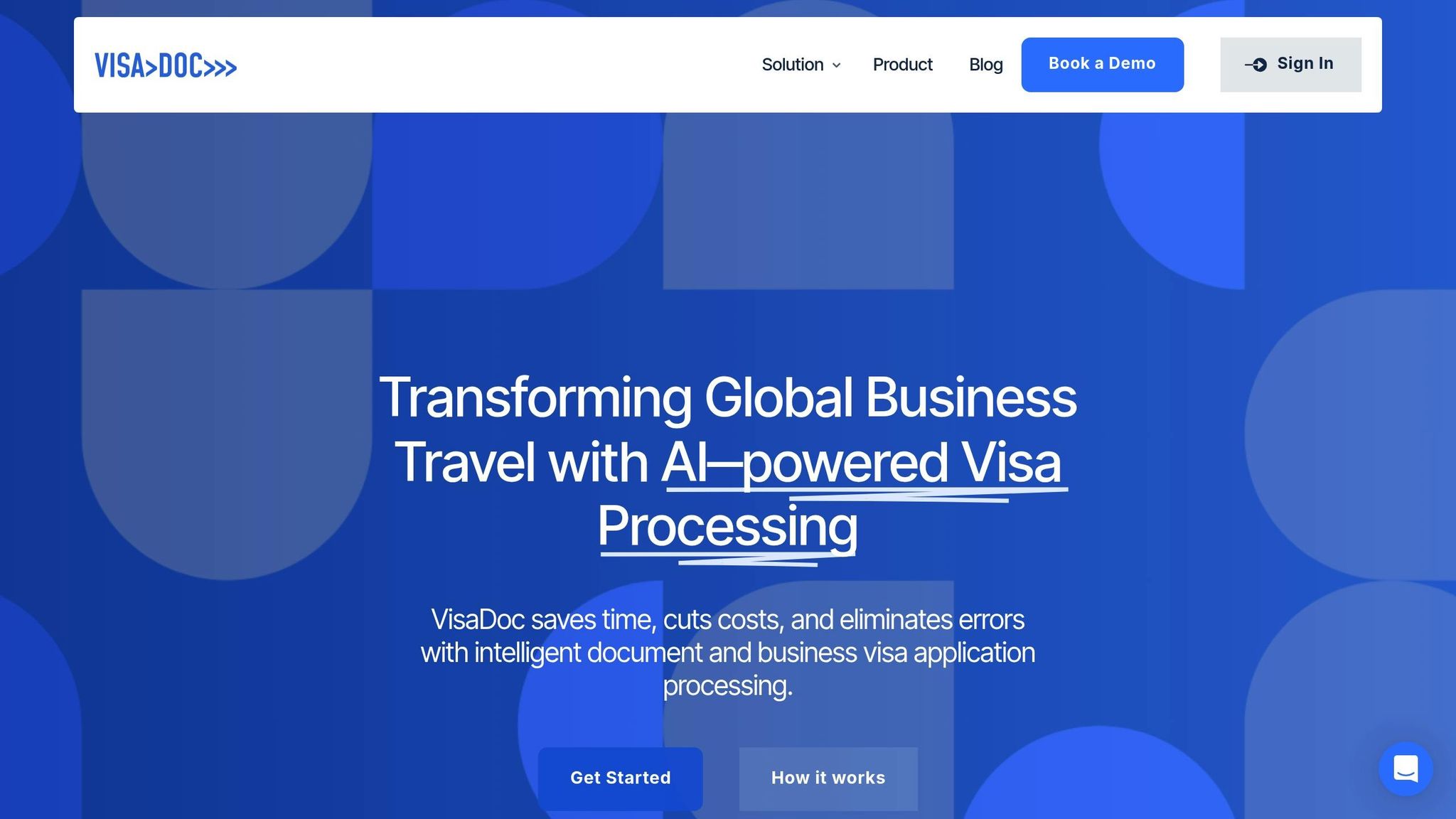
VisaDoc provides a suite of tools specifically designed to manage Vietnamese business visa applications efficiently:
-
Smart Document Collection: Automatically gathers and organises essential paperwork, including:
- Business registration certificates
- Inspection schedules
- Company correspondence
- Sponsorship documentation
- Compliance Monitoring: Tracks visa requirements and policy updates in real time, ensuring applications adhere to current Vietnamese regulations.
-
Process Automation: Simplifies various tasks, such as:
- Document format verification
- Application status tracking
- Deadline management
- Notification alerts
These features are particularly valuable for companies conducting frequent manufacturing site inspections in Vietnam, where timely visa approvals are crucial to staying on schedule.
Conclusion
Document Requirements Summary
Getting a business visa for manufacturing site inspections in Vietnam involves strict adherence to documentation requirements. For DN1 and DN2 visas, applicants need a valid passport with at least six months of validity, 4x6 cm passport photos, a business sponsorship letter, a certified business registration certificate, and completed forms NA2 and NA16.
Best Practices for Visa Management
To avoid delays and ensure smooth compliance, here are some key strategies:
| Focus Area | Best Practice | Impact |
|---|---|---|
| Documentation | Verify passport validity (minimum 6 months) | Avoids last-minute complications |
| Compliance | Conduct ongoing immigration monitoring | Minimises risk of entry issues |
| Processing | Use official application channels only | Guarantees legitimacy |
These steps help maintain compliance now and lay the groundwork for hassle-free future travel.
Planning for Future Travel
As visa regulations evolve, organisations must adapt their systems to manage Vietnamese immigration requirements effectively. Although the visa waiver allows UK citizens to stay up to 45 days until March 2028, extended or specialised business visas are often necessary for site inspections.
To prepare for future travel needs, companies should:
- Clearly define travel policies, distinguishing between visa-free activities and those needing business visas.
- Use automated tools to track visa validity and stay durations.
- Develop contingency plans for unexpected situations.
- Explore platforms like VisaDoc, which can automate up to 90% of the visa process.
These proactive measures are crucial for minimising disruptions during manufacturing site inspections, ensuring smooth operations, and maintaining strong relationships with Vietnamese partners.
FAQs
What is the difference between DN1 and DN2 business visas for site inspections in Vietnam?
The DN1 visa caters to foreign professionals collaborating with businesses or organisations legally operating in Vietnam. It covers a broad spectrum of business activities, making it a fit for general business purposes.
In contrast, the DN2 visa is more specialised. This visa is designed for individuals involved in site inspections or working on specific projects with Vietnamese companies. Because of its focused nature, it often requires more detailed documentation and is suited for operational or project-based visits.
Make sure to select the right visa type based on your planned activities in Vietnam. This can help you steer clear of delays or potential compliance issues.
How can VisaDoc simplify the business visa application process for site inspections at manufacturing facilities?
VisaDoc takes the hassle out of business visa applications by automating essential tasks like managing documents, conducting compliance checks, and tracking applications. This not only lightens the load for HR teams and travel managers but also ensures applications are submitted accurately and on time, cutting down on errors and delays.
With built-in AI features, the platform simplifies navigating the often-complicated visa requirements for different countries. By tailoring the process to each destination's regulations, VisaDoc allows professionals to concentrate on their site inspections without being bogged down by paperwork or unexpected disruptions.
What should I do if my business visa application for Vietnam is delayed or rejected?
If your Vietnam business visa application faces delays or is rejected, the first step is to identify the specific reason. Reach out to the Vietnam Immigration Department or the embassy where you submitted your application for clarification. Common causes include missing paperwork, incorrect information, or applying for the wrong visa type.
Once the issue is clear, address it promptly. Double-check that all required documents are complete, accurate, and current before submitting a new application. If delays occur - especially during public holidays - you might explore expedited processing options or consult the visa agency for guidance. Staying proactive and thorough can help avoid similar setbacks in the future.




